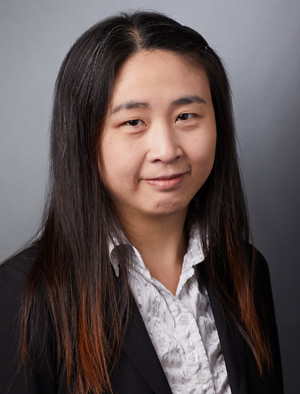Dismantling HIV Silencing Factors
A novel mechanism for awakening dormant HIV
By Jeffrey Laurence, M.D.

Research question
Cells serving as HIV reservoirs have limited to no expression of viral proteins. With expression limited or absent, antiretroviral therapy is ineffective and the cells may remain unrecognized and resistant to clearance by the immune system. While HIV persistence in reservoirs remains the major obstacle to an HIV cure, there is limited knowledge of the mechanisms by which HIV expression is blocked in such cells. A team of researchers led by Dr. Ya-Chi Ho of Yale University School of Medicine sought to identify normal cell proteins that might serve as HIV “silencing factors.” They hypothesized that inhibiting one or more of these proteins would enable HIV expression.
Findings
Using gene-editing technology based on CRISPR, the researchers identified 18 possible silencing factors. They focused on one, SLTM, not previously known to affect HIV growth. Knocking down the gene encoding SLTM increased HIV expression more than fourfold in T-cell lines. Using CD4+ T-cells derived directly from 10 people living with HIV on effective ART, they also demonstrated that suppressing SLTM induced death of the HIV-infected cells.
Impact
The authors concluded that their model “may enable future strategies to reactivate HIV-1 in infected individuals so that infected cells can be killed by immune cells, drug treatment, or the virus itself.”
amfAR’s role
amfAR was a funder of this research.
Original article
http://www.ncbi.nlm.nih.gov/pubmed/35730977
Dr. Laurence is amfAR’s senior scientific consultant.
Share This:
